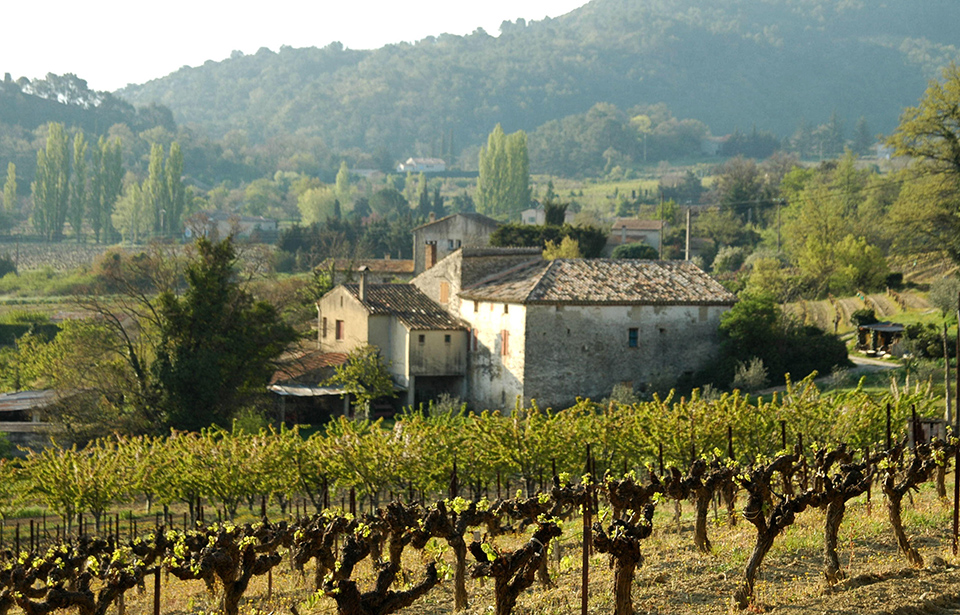
But first, the bad news. At least, it seems like that for many British imbibers who habitually visit pubs and bars. Harpers, the wine and spirit information service recently published research showing that nearly 12,000 licensed premises have closed in Britain since December 2019. This is an average of about thirty a day. Well, of course, we all know the reason, but I should add a note of explanation in case you are not from Great Britain. I always thought you were, but I hold no grudge against foreigners. “Licensed premises”, without going into technical detail are bars, shops, restaurants or other establishments which have acquired a license to sell alcoholic beverages. Despite the massive number of restaurants closing their doors for the last time, the curious thing is that several thousand new places have opened. Whether this is merely blind optimism remains to be seen.
So what about the good news, I hear you ask? British research has also revealed that during the same period, more than half (53%) of consumers have bought wine online; twice as many as have purchased lager and spirits. This seems to add weight to notion that Britain is increasingly becoming a wine drinking country. In addition, 2019 saw the sales of Provencal rosé wines increase by over 50 percent, a total of nearly twelve million bottles during the year. For the Provencal wine exporters, the UK has become their second largest export market globally in terms of volume.
It is tempting to wonder whether the increasing sales of rosé wines have something to do with the general misery brought on by the pandemic restrictions in a country not usually known for its delightful weather. Perhaps it’s a psychological thing. Rosé wine is often associated with the summer especially in countries in which the summer lives up to its name. On the other hand, perhaps there has simply been more vigorous advertising.
Rosé has come a long way from being the simple glugger of the 1970s, when Hugh Johnson wrote, “Buy the cheapest rosé you can find, for there is not much to choose between them.” Today that is no longer true. Rosé has achieved popularity largely because it has become so much more interesting. In France, more than one in five bottles of wine sold is rosé where it has become a popular light drink or apéritif.
It is considered correct to pronounce the word rosé in the French manner, so that it sounds roughly like “roh-ZAY”. The colour comes from the skins of the grapes and although in theory almost any variety of red grapes can be used to make it, Shiraz, Cinsault and Grenache are popular among winemakers. There are several ways to make rosé but the most common is known as maceration (or soaking), which involves leaving the skins to soak in the newly-crushed grape juice for a limited amount of time. It can be anywhere between six to forty-eight hours, depending on the style of wine needed. Rosé is rarely a simple pink: the colour can range from a pale “onion-skin” orange to a vivid near-purple, depending on the grape used and the length of the maceration.
It’s aromatic, light and fragrant with reminders of fresh cut flowers and ripe red fruits like strawberry and cherry. Sometimes there are tantalizing hints of delicate floral aromas, oranges, grapefruit or lychee. Rosé works well with most foods and for something to accompany a light snack it is perfect. European rosé is nearly always dry especially the crisp ones from the South of France. If you prefer something sweeter try some of the New World examples. Many companies also make sparkling rosé which has become popular as a summer apéritif.
Rosé should always be consumed when it’s young and fresh, just like I used to be about sixty years ago, so it’s generally safer to buy it where you can be reasonably sure of a rapid turnover. Wine Connection has several branches in Pattaya and they have a few interesting examples on offer including a couple of typical dry ones from the South of France. One of their budget wines is Le Petit Gascoun (Bt 549) which comes, as the name implies from Gascony. Fat Bastard Rosé (Bt 650), despite its repulsive name is a popular wine and a typical blend of Shiraz and Grenache from the Languedoc. The wine has a surprisingly complex aroma and full of fruit with a satisfying full mouth-feel and a long finish. For a few baht more, there’s the tempting Les Maitres Vignerons De St Tropez Rosé (Bt 699) which comes from a respected consortium of wine growers in the South of France.
The online wine company Wine-Now.Asia advertises a splendid selection of rosés from all over the world. They include Thailand’s Monsoon Valley Rosé (Bt 749) which comes from Siam Winery and the excellent Paul Jaboulet Parallèle 45 Rosé (Bt 750) from France. They also have the raspberry-pink Michel Lynch Rosé from Bordeaux at Bt 820.
But whatever rose you chose, be sure to serve it really cold – straight out of the fridge will do, because it will warm up all to quickly in these parts. And incidentally, just in case you’re still wondering, “A rose by any other name” is borrowed from a line uttered by the fourteen-year-old Juliet in that famous play by you-know-who.





